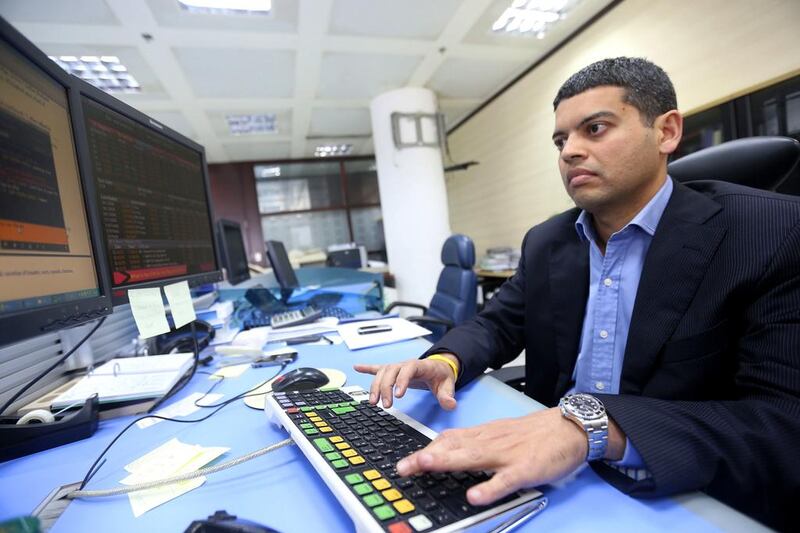What is the asset class and geography you are focused on?
I manage the fixed-income portfolios of Invest AD with a special focus on the GCC and the wider Mena and sub-Saharan African (SSA) region.
What is the outlook for the month ahead?
I am positive on the fixed-income markets in our region, especially from a medium-term perspective. The GCC countries remain an oasis of economic stability in the emerging and frontier market universe, given their twin surpluses and the improving economic growth prospects, primarily driven by huge investments by governments in infrastructure. The North African countries are emerging from a period of instability and getting back on a healthy economic growth track. The SSA region remains one of the world’s final fixed-income frontier markets and has been witnessing increased interest and participation from global investors.
A combination of strong economic fundamentals, positive news flow, limited new debt issuance and huge redemptions (more than US$15 billion this year) are expected to keep the GCC fixed-income markets strongly supported in the near term. The North Africa and SSA markets have experienced steady demand from an absolute yield perspective, on an improving political and economic backdrop and also from a portfolio-diversification perspective, given the geopolitical issues in various other emerging markets around the world.
What are the main risks (upside or downside) to that outlook?
The main risk to the outlook is the change in the view from the United States Federal Reserve, which is reducing excess liquidity through its programme of tapering monthly bond purchases and contemplating the optimal timeline to start raising benchmark interest rates. The global fixed-income markets, especially emerging markets, have become used to the huge liquidity in the system in the past few years. An eventual reduction in systemic liquidity is expected to increase volatility in the markets as investors rebalance their portfolios to reflect the changed market outlook. The market is faced with two contrasting developments – an improved US economic outlook leading to higher global interest rates and slowing Chinese growth, which could adversely affect global economic growth. These two divergent themes are expected to drive the future of not only the fixed-income markets, but also risk asset classes such as equities and commodities.
What was the best investment you were involved with?
Investment in fixed income is driven by a combination of macroeconomic factors, the near-term market outlook and specific bond selection. One of our best investment decisions in recent times would be in a bond in Oman-based MB Petroleum Services. The bond had fallen out of investor focus in the secondary market and was hugely undervalued. We were one of the few investors in the bond during its distressed times, generating total returns in excess of 40 per cent. More recently, the North African and SSA sovereigns, such as Egypt, Morocco, Ivory Coast, Angola and Namibia, have experienced strong investor demand and we were among the early investors in the African fixed-income markets.
What was the worst?
I regret not having a larger exposure to Dubai bonds, as they have been one of the best performing segments in regional credit markets. In hindsight, we could have rotated out of some of our investments in the high-grade space and put more money to work in the Dubai names.
businessdesk@thenational.ae





